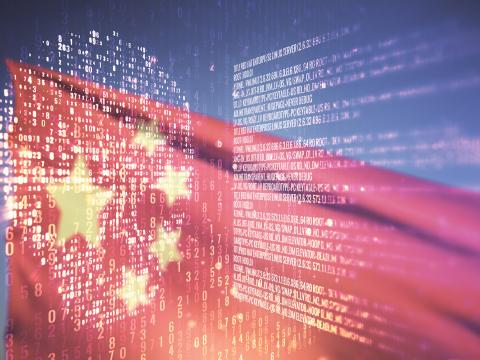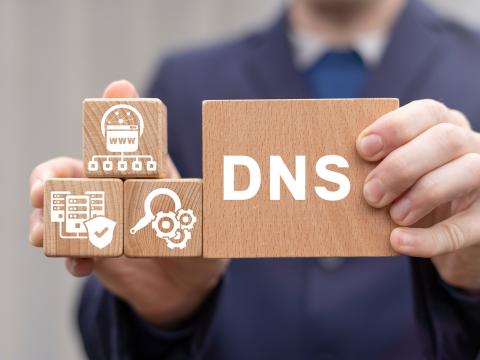Disruptive by Design: Shaping the Internet of Everything
Even with the ubiquity of advanced wireless connectivity, more than 90 percent of the world today remains unconnected. However, there is an increasing demand for a world where “everything” is connected to everything else.
Even with the ubiquity of advanced wireless connectivity, more than 90 percent of the world today remains unconnected. However, there is an increasing demand for a world where “everything” is connected to everything else. In this world, refrigerators contain sensors, providing data about the current inside temperature. Pets are tracked through radio frequency-emitting tags to avoid becoming lost. Governments are able to track and prevent safety threats before they occur. Although having information readily available is efficient and provides simplicity, the idea is disruptive. It raises concerns about individual privacy, data security and even cyberwarfare. The idea leading such disruptive changes is the Internet of Everything (IoE).
The IoE will change the way we interact with the world. By always being connected, an individual’s information is collected and stored, which raises concerns about privacy. Even if an individual agrees to having certain information collected, methods must be established to ensure this information is not breached, thereby keeping the individual safe. Finally, when everything is connected, dependencies among systems are created. This raises concerns such as cyberwarfare, where a terrorist organization can attack one area of connection but affect all the others as well or gain access to other areas where information may be stored. For such reasons, the IoE is disruptive in industry, defense and to an individual’s personal life.
The Internet is the platform that makes the IoE a reality. Through existing technologies, the IoE is expanding the Internet to include more of these “things.” Internet protocol (IP) addresses are provided to more devices so they can be connected back to the internetwork of already existing endpoints. Sensors are placed in unconnected areas, and satellite, wireless, radio and wired communications infrastructure are leveraged to provide connectivity back to the greater Internet. These endpoints communicate with each other and provide critical information back to centrally managed locations. By leveraging the already existing infrastructure, this thrust expands the Internet beyond its boundaries so information can be harvested and distributed from and to all of the connected things.
A connected world offers numerous benefits. Not only is information readily available, but pervasive connectivity can bring about citizen safety. Homeland security agencies can leverage the ideas of the IoE to decrease response time for incidents. With greater connection and information, tracking criminal activity and responding to threats can become easier and more efficient. With sensors providing pervasive communication in cities, response to natural disasters can be accelerated.
Another advantage of greater connectivity is efficiency. With the IoE, valuable assets can be connected to the Internet and their locations can be tracked to provide efficiency in responding to mission needs. Using communications infrastructure—such as wireless deployments in large manufacturing plants—governments can track airplanes, ships and vehicles along with many other smaller, yet valuable, assets. Even soldiers in an environment where ad hoc networks or wireless communications are established can be tracked from a control center for greater security.
The IoE also can be leveraged to meet energy demands. Power and heating/cooling systems can be connected to the Internet to monitor power usage in facilities. Because all end devices are connected to the Internet, a facilities manager can control the systems of many buildings from a central location, ensuring efficient use of electricity. Given the government’s mandate to reduce its energy usage, such technologies largely can benefit government facilities and help meet energy goals. Even microgrids can be connected to the Internet and monitored, ensuring reliability and availability of power to meet the mission needs. This helps use energy in an efficient way and creates cost savings.
The IoE is pushing further technical advancements. But with this come its biggest challenges: security and citizen privacy. This especially is crucial to the government, finance and health care industries, which deal directly with citizen privacy. If all things are connected to the Internet, then ensuring the transmitted information remains secure and out of the hands of hackers becomes critical. Concerns such as these push for deeper understanding and advancements of already existing Internet security methods. They also impel the idea of deploying layers of security at all points throughout the Internet—especially at the very edge of the Internet.
Another challenge for incorporating the IoE is bandwidth. The Internet is a limited resource, and too much information can make it ineffective and slow. Seeking particular information from the vast amount of data can be troublesome. Data analytics has become important in mining critical information from all the data. With the boundaries of the Internet expanding and information being created at the edge, the more analytics done at the edge, the less information that will traverse the Internet. This will ensure that bandwidth is being used in an intelligent manner and useful information is easy to find.
The technical advancements in security and data analytics are making the IoE a reality. Sensors and connected endpoints are creating vast amounts of information-providing intelligence that never was utilized before. Proponents of the IoE see the trend as creating a lifestyle of efficiency and always-on connectivity, resulting in energy and cost savings. However, the concept and its supporting technology raise concerns among all about whether the benefits of a connected world outweigh the concerns of the citizens of the world. Regardless, a push is underway for a central platform carrying data on all connected things and providing intelligence as necessary.
Reema Prasad is a solutions architect in the U.S. Federal Area of Cisco Systems Incorporated. The views expressed are hers alone and do not represent the views or opinions of the U.S. government or Cisco Systems.




Comments